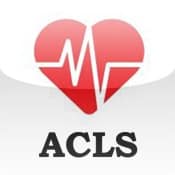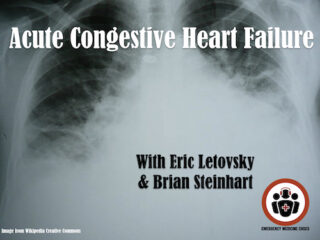cardiology emergency medicine
Episode 22a: Whistler Update in Emergency Medicine Conference 2012
In this bonus episode, our second installment of the highlights from Whistler Update in Emergency Medicine Conference 2012, we have Dr. Eric Letovsky talking about complications of MI and the importance of listening for cardiac murmurs. Next, I moderate an expert panel on the current trends on imaging patients who present with renal colic and query appendicitis with Dr. Connie Leblanc, Dr. Joel Yaphe, Dr. David MacKinnon & Dr. Eric Letovsky. We then hear from Dr. Adam Cheng, Dr. Dennis Scolnick & Dr. Anna Jarvis in a pediatric expert panel about the newest on minor head injury, otitis media, mastoiditis and bronchiolitis. Dr. David Carr reviews one of the most important articles in 2011 regarding subarachnoid hemorrhage, and Dr. David MacKinnon gives us tonnes of clinical pearls when it comes to everyone's favourite subject, anorectal disorders.






